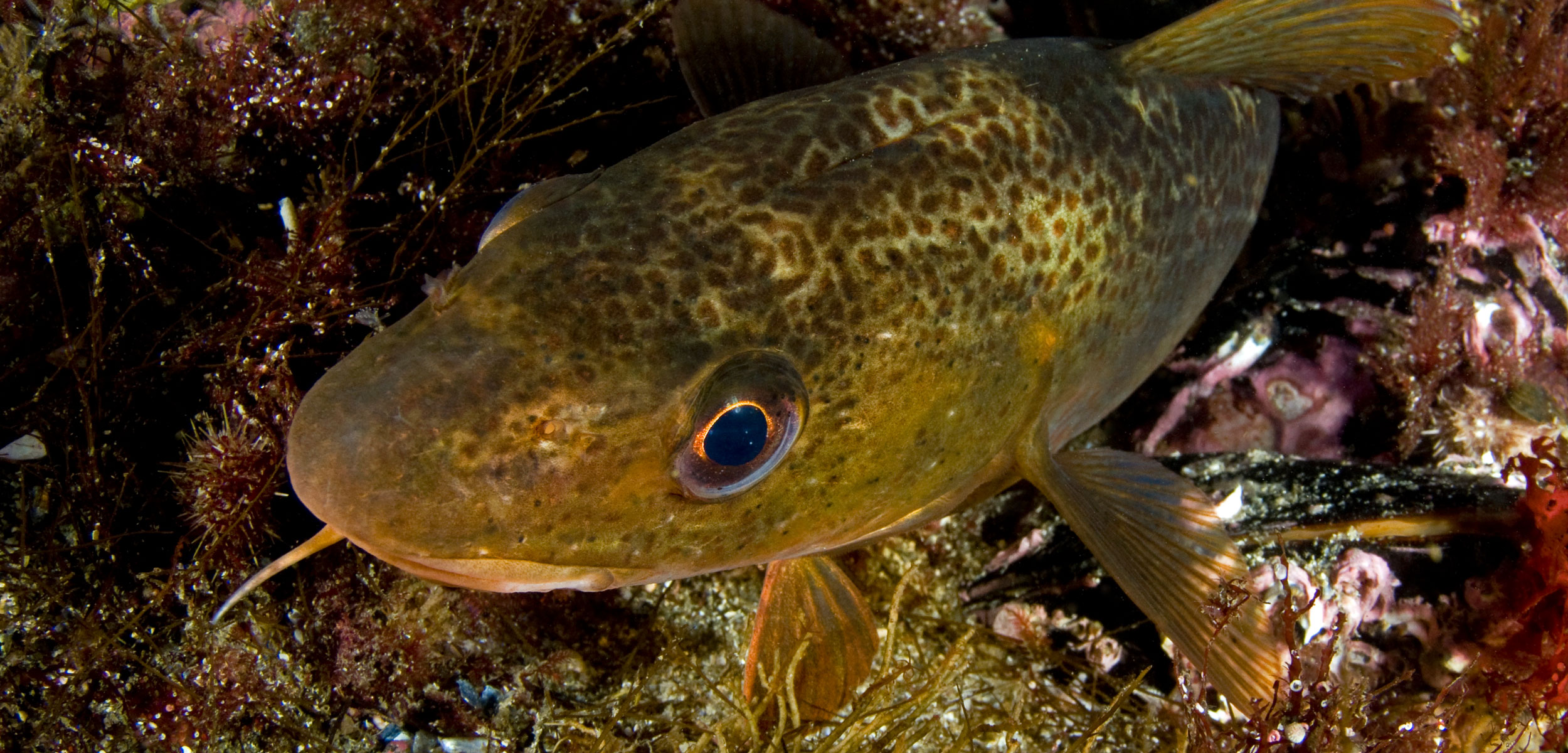For the Love of Cod
In Newfoundland and Labrador, the fight over fish stocks may well spell the end of cod fishers—or cod.
Article body copy
A hard exhale escapes Sherrylynn Rowe before she can help herself.
“It was so disappointing,” she says.
A Canadian federal government report, released in March 2018, showed that the number of northern cod of spawning age in the Canadian North Atlantic was down 30 percent from just last year. It was a devastating turn. Northern cod had been fished to near extinction in the early 1990s and it had started to look like they were finally beginning to rebound. But now the population—which had been expected to increase again this year—was shrinking fast, brought on by an unexpectedly high rate of natural deaths.
“Canadian cod comeback derailed” read the headline of the letter that Rowe, a fisheries biologist at Newfoundland and Labrador’s Memorial University, published in the scientific journal Nature a few weeks later. In her letter, Rowe urged the Canadian government to scale back the small commercial fishery that had emerged over the past few years, warning that the growth of the cod catches were outpacing the growth of the stock.
“When you have a stock that was growing the way that one had been, and suddenly you see a 30 percent decrease that, frankly, was quite predictable … how do you describe it if it’s not a derailment?” says Rowe.
The stock assessment has those invested in Newfoundland and Labrador’s fishing industry fiercely divided.
In the next few weeks, Fisheries and Oceans Canada (DFO) is expected to announce this year’s catch limits for the cod fishery. No matter what it does, the decision will be controversial.
The fishers and industry groups who have poured millions into the hope of a cod comeback are just as passionate as Rowe. Fishers have invested in more expensive gear so they can catch high quality fish and make more money off smaller landings. Processors have renovated their plants to take on more cod. And last year, the Newfoundland-based seafood company Ocean Choice International spent CAN $8-million overhauling one of its shellfish processing ships to be better suited to handle cod and other groundfish.
The money is spent with added urgency. After the moratorium on cod came in 1992, crab and shrimp became the province’s biggest fisheries. Now, shellfish stocks are dwindling.
“What we need now is something to replace shellfish,” says Paul Grant, vice president of Beothic Fish Processors Limited, a fish processing plant in the tiny town of Valleyfield. “We were hoping that would be cod.” As far as he’s concerned, it still could be.
Echoing many other fishers and processors, he says the stock assessment may be inaccurate. “They didn’t go out and count every fish,” he says.
Besides, he adds, “There’s always going to be some variability.”
Along with running a fish processing plant, Grant is also a member of the Newfoundland and Labrador Groundfish Industry Development Council (NL-GIDC), a group comprised mostly of harvesters and processors that is hoping to help shape the province’s resurging groundfish industry.
It was their lobbying that led the DFO to expand the cod fishing season and bump up catch limits for the past two years—more than tripling the cod landings from 2015 despite urgent warnings from scientists, including Rowe.
This year, in the face of the stark news from the stock assessment, the NL-GIDC has recommended a shortened season and a 20 percent reduction in most weekly catch limits.
It’s hardly enough, Rowe says. And Alberto Wareham, a major industry player, agrees.
Wareham’s family has been in the cod business for seven generations, and his plant is the only one in the province that deals exclusively with cod. He wants to see the fishery managed for the long term and his business depends on it. Wareham’s company, Icewater Seafoods Inc., sells fresh frozen fillets to United Kingdom-based retail giant Marks and Spencer and his buyer wants product from sustainably managed fisheries.
“We have the mentality in Newfoundland that if it’s there, I’ll catch it now,” says Wareham. “[But] it’s dangerous when you go making decisions based on what you think is going to happen.”
Wareham has no time for claims that the stock assessment underestimated the cod population.
“The fishermen in their particular bay see a lot of fish, so they start talking about all the fish in the water,” he says. Though the report doesn’t single out fishing as the major cause of the cod decline, blaming natural deaths on predation and lack of food instead, Wareham wants the catch limits lowered.
“The one thing we control is human removals. We can’t control Mother Nature,” Wareham says.
Wareham says the DFO has been taking input from fellow processors and from groups like the NL-GIDC to develop a long-term management plan for the cod fishery. But he doesn’t know what they’ve decided and he’s left waiting for their announcement like everyone else.
And while a management plan is “the right step,” he says, “let’s save the congratulations for 10 years later, when we have a long-term viable fishery.”
The decision about this year’s catch limits could decide whether there will even be a fishery in 10 years, says Rowe. “The world is most definitely watching. Northern cod made Canada an icon for fisheries mismanagement. A lot of people are paying close attention to see if we get it right this time.”

